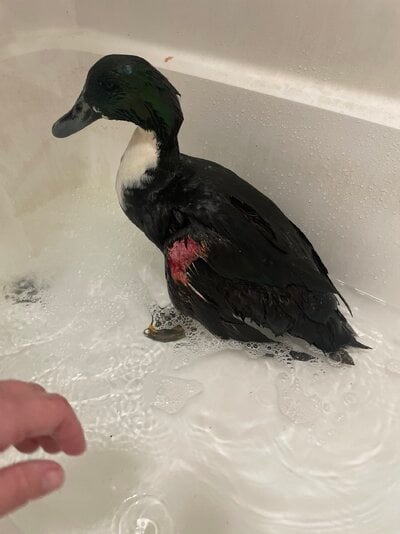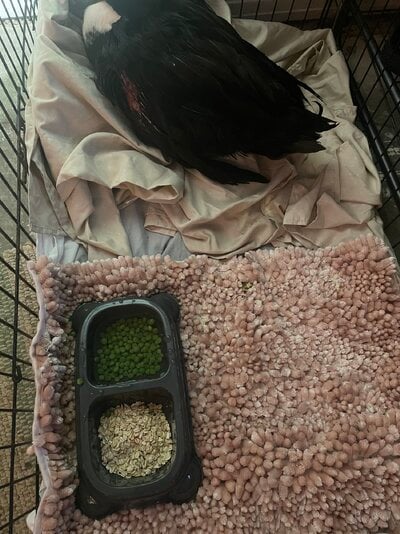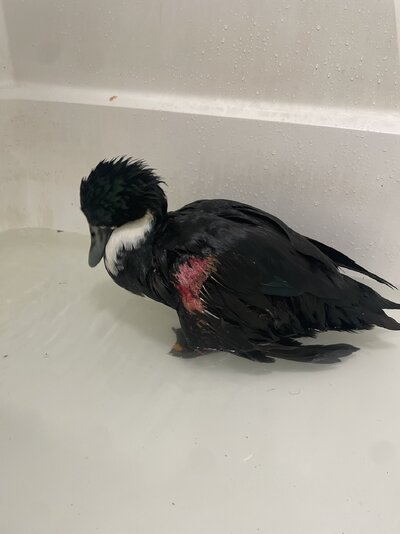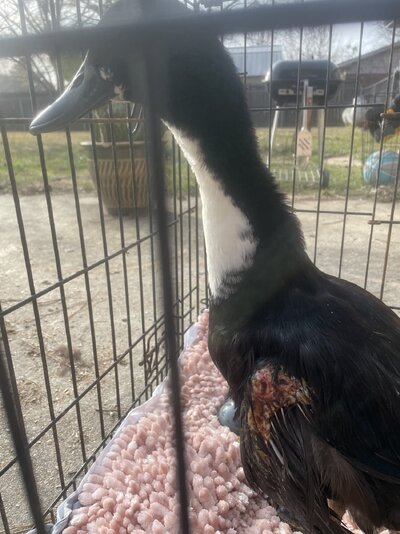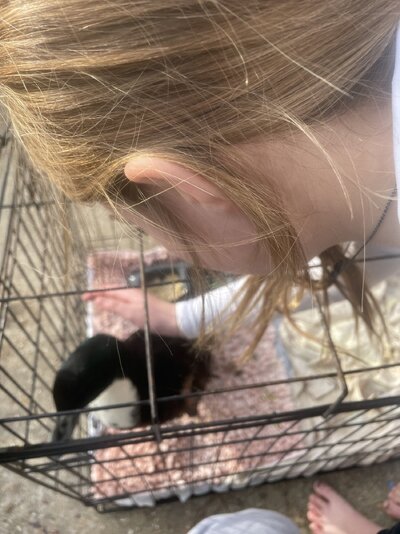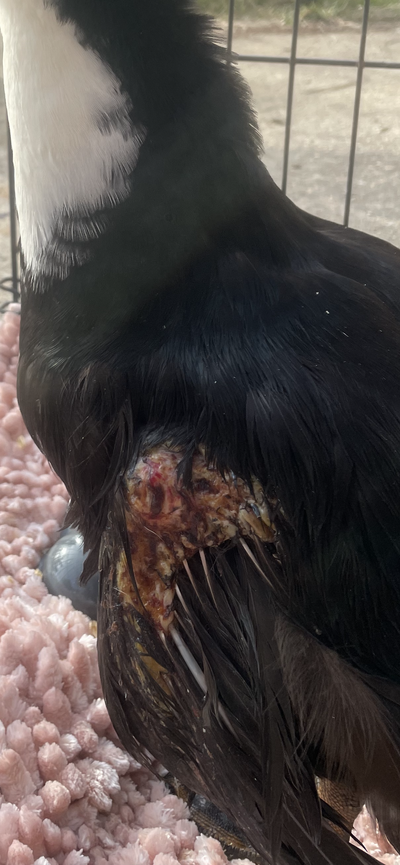Epuckett
In the Brooder
- Dec 20, 2023
- 5
- 24
- 24
I’m new here. Sorry for the short intro…
I’m a wife, mother of 3, an animal lover and a teacher.
We have two dogs, a cat and a duck.
Gloria is really hurt.
Something got in her pin last night.
Her wing is hanging. She is definitely in shock. No vet around here will take her.
I have her inside and have cleaned her up and worked on her wound.
But I’m not sure what else to do.
I’m a wife, mother of 3, an animal lover and a teacher.
We have two dogs, a cat and a duck.
Gloria is really hurt.
Something got in her pin last night.
Her wing is hanging. She is definitely in shock. No vet around here will take her.
I have her inside and have cleaned her up and worked on her wound.
But I’m not sure what else to do.

